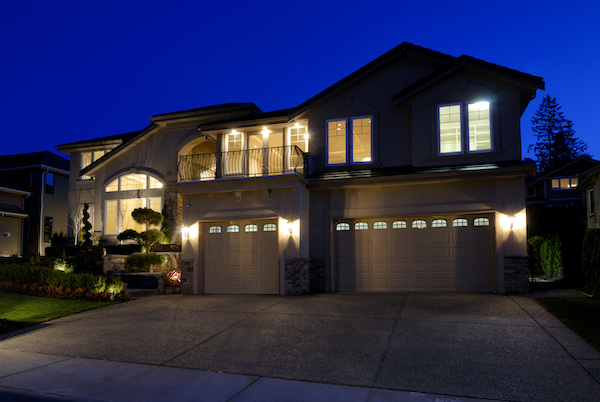As Americans have stayed mostly indoors, their energy usage skyrocketed. According to a Freddie Mac report, household electrical usage in late March was 22% higher than the same time last year. Midday consumption rose by 35%, mainly due to telecommuting, the desire for more rooms to supplement business closures, such as exercise rooms. Homeowners may want to consider more energy efficient appliances, ventilation, HVAC, windows, and more, says NAHB. But energy or “green” mortgages could address the increase in energy usage while increasing a home’s value and affordability.
Some local utility companies in states such as California, Michigan and New York have asked consumers to moderate electricity usage as a result of this increased demand. To reduce energy consumption and utility bills, home owners may want to consider upgrades such as energy efficient appliances, heating, ventilation or air conditioning (HVAC) units, windows and doors, as well as the addition of air sealing, insulation, solar panels or geothermal heating.
Although any new purchases or upgrades may cause some to pause based on their current economic situation, energy or “green” mortgages can offer home owners an opportunity to purchase homes that utilize these technologies through mortgages that permit higher debt-to-income ratio requirements. Not only can such energy-efficient upgrades help decrease monthly utility costs, but a study released by Freddie Mac last year has also shown that such features and green-building certifications can increase a home’s market value.










